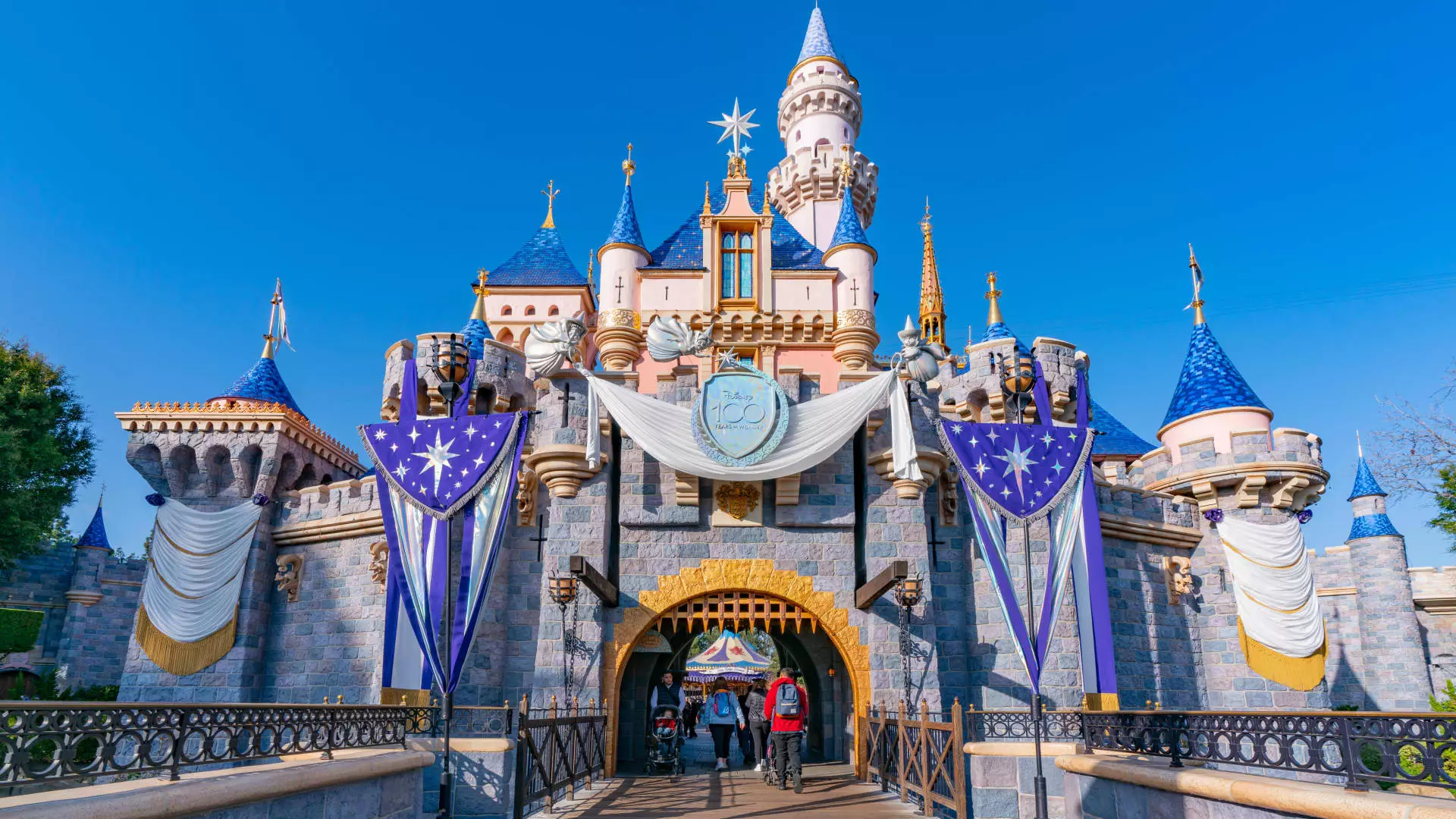As Disneyland continues to be a major draw for families and tourists alike, its pricing structure is undergoing significant revisions. While the basic entry-level ticket remains unchanged at $104, the increases in other ticket tiers ranging between $7 and $12 signal a shift in Disney’s approach to demand-based pricing. This article will explore these upcoming price adjustments, their rationale, and the implications for future visitors to the iconic theme park.
Disneyland’s recent announcement of price hikes has brought attention to the growing costs associated with enjoying the park. The adjustments affecting various ticket tiers are not merely nominal; they represent an increase of approximately 5.9% to 6.5%. Moreover, the Magic Key annual pass, which has seen demand surge in recent years, will experience increases of 6% to 20%, equating to an additional $100 to $125 depending on the selected tier. This evolution in pricing comes at a time when public sentiment suggests that admission and hotel prices have reached an all-time high, leading to scrutiny of the company’s pricing practices.
Despite the price hikes, Disneyland remains committed to attracting visitors through promotional offers. For instance, a recent initiative will make $50 tickets available for children, set to launch on October 22, with usability beginning January 7. These moves indicate an effort to maintain accessibility amid rising prices, particularly during typically slower months.
Disneyland’s tiered ticketing strategy is reflective of a broader trend in the entertainment and hospitality industries where dynamic pricing models are employed. As outlined, the parks experience spikes in visitors during peak periods, such as holidays and school vacation periods, prompting higher ticket prices during those times. Conversely, the months following serious holiday traffic—specifically January and February—offer lower-priced alternatives, allowing families to enjoy the magic of Disneyland without breaking the bank. The straightforward pricing structure designates Tier 0 as the baseline demand ticket at $104, while Tier 6 can rise to a staggering $206 during peak times.
This strategy is designed to manage guest flows effectively and maximize revenue during high-demand periods while offering financial relief for families willing to visit during off-peak times. With a family of four able to visit for as little as $308 during low-demand months, Disneyland is not completely out of reach for budget-conscious families, even in light of recent price increases.
The Magic Key program, Disneyland’s annual pass initiative, illustrates how varying levels of access and benefits are being monetized as well. The tiered structure of the Magic Key pass now ranges from $599 to $1,749, with the lower tiers experiencing significant increases. Each level comes with its unique set of perks, including early access to new attractions and discounts on additional services, which has increasingly turned the pass into a desirable yet costly commodity.
With the emergence of more costly tiers, Disney seeks not only to manage demand but also to enhance the overall guest experience for those willing to invest at a higher level. This could create a divide between pass holders and single-day visitors, potentially affecting the dynamics of park access and overall customer satisfaction.
As Walt Disney World in Orlando opts not to announce corresponding price adjustments, the differing approaches could signal unique market dynamics between Disneyland and its Florida counterpart. Nevertheless, the overarching economic strategy appears evident: capitalize on consumer demand while experimenting with promotional offers to offset higher costs.
Considering the broader landscape of theme park attendance, frequent price boosts could lead to a shift in public perception, potentially resulting in reduced visitor numbers in the long run—especially among families who may find the costs prohibitive. As Disneyland navigates these tumultuous waters, it remains to be seen how these price changes will impact future visitation patterns and overall guest satisfaction.
Ultimately, the increases at Disneyland highlight the ongoing tension between providing a magical experience and the reality of escalating operational costs in a highly competitive entertainment market. Visitors and potential guests alike will need to weigh their options and budget accordingly to make the most of their Disneyland experience, understanding that every visit now comes with a corresponding price tag reflective of its growing popularity.



Leave a Reply